Category: Exhibits
Library staff and student interns curate exhibits drawn from our collections. Library material is featured on display shelves located throughout the main floor. Special Collections and Archives exhibits are showcased in display cases both in the library and across campus.
Browse title lists from current and past displays.
-
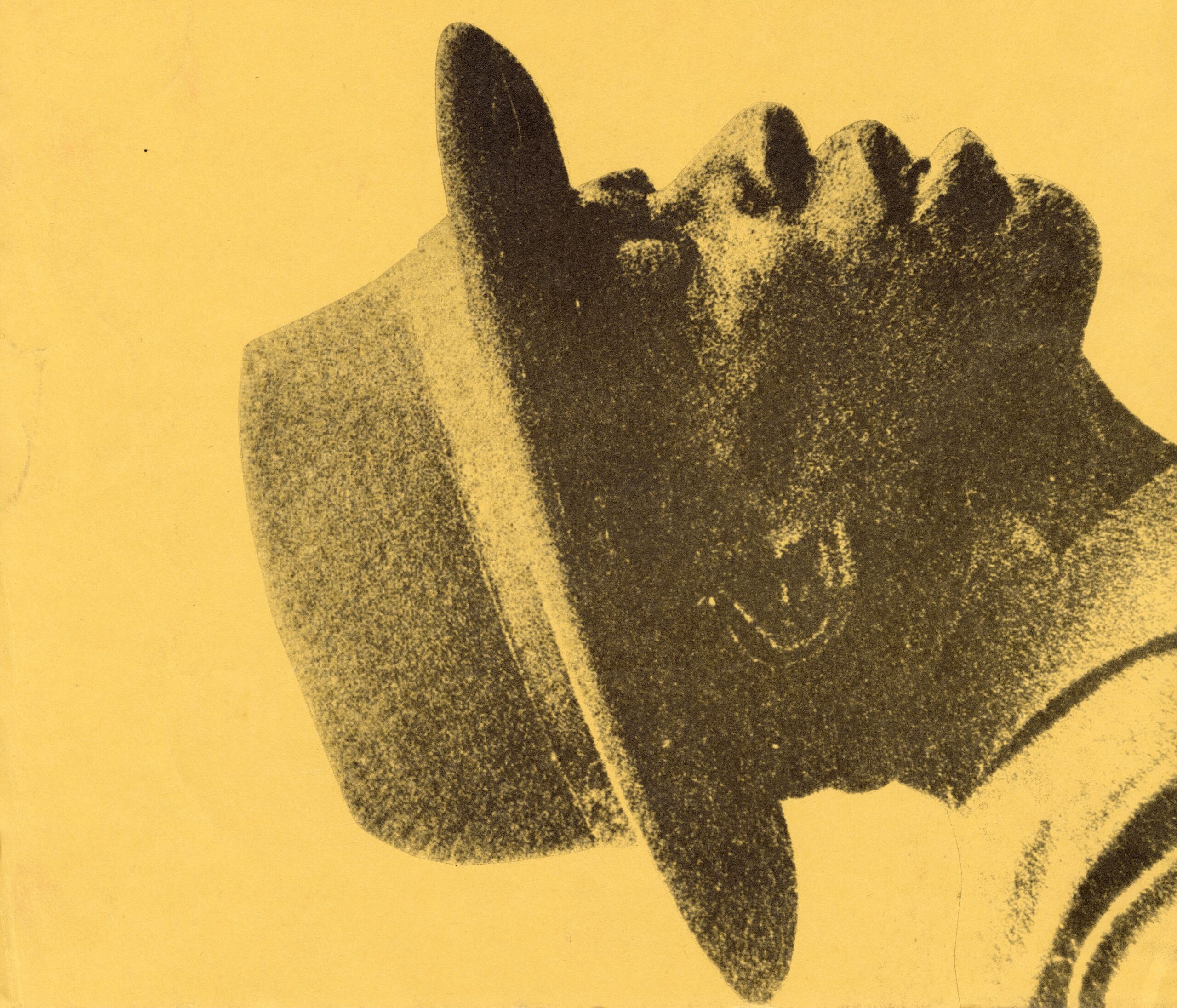
“They Won’t Bite, They’re Just People:” Bringing Blues and Folk to Reed
From the 1950s through the 1980s, a steady stream of talented blues and folk artists came through Reed College. With the folk music revival in the ‘50s and the blues revival in the ‘60s, there was no lack of skilled artists across the country. Reed drew in dozens of artists, from smaller local musician Mike…
-
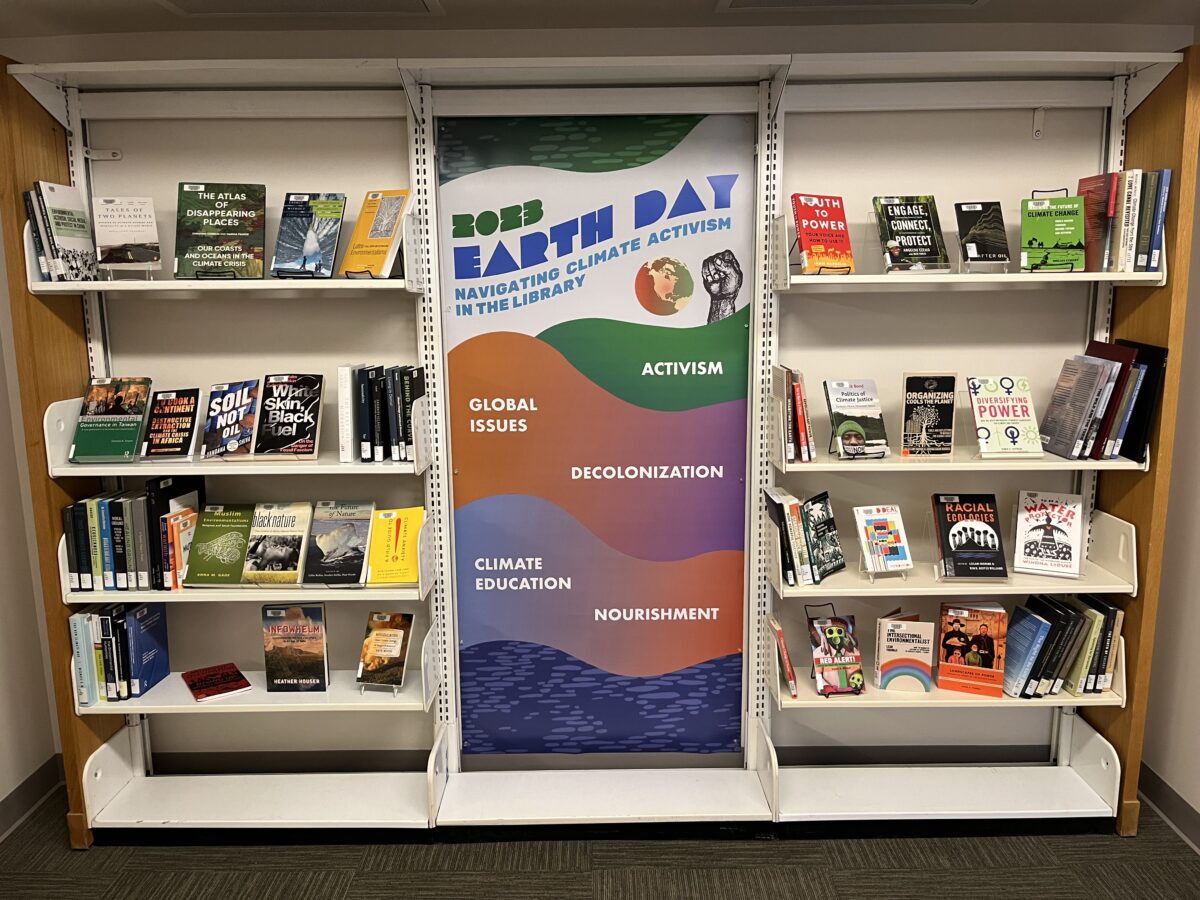
Climate, Environment, Justice: cultivating action & resilience on Earth Day and beyond
New book display now available in the Library! Come find books centered on themes of climate justice, environmental justice, and activism. The climate crisis stems from a lineage of colonization and is intertwined with the exploitation and harm enacted on indigenous communities and communities of color, both within the boundaries of present-day United States and…
-
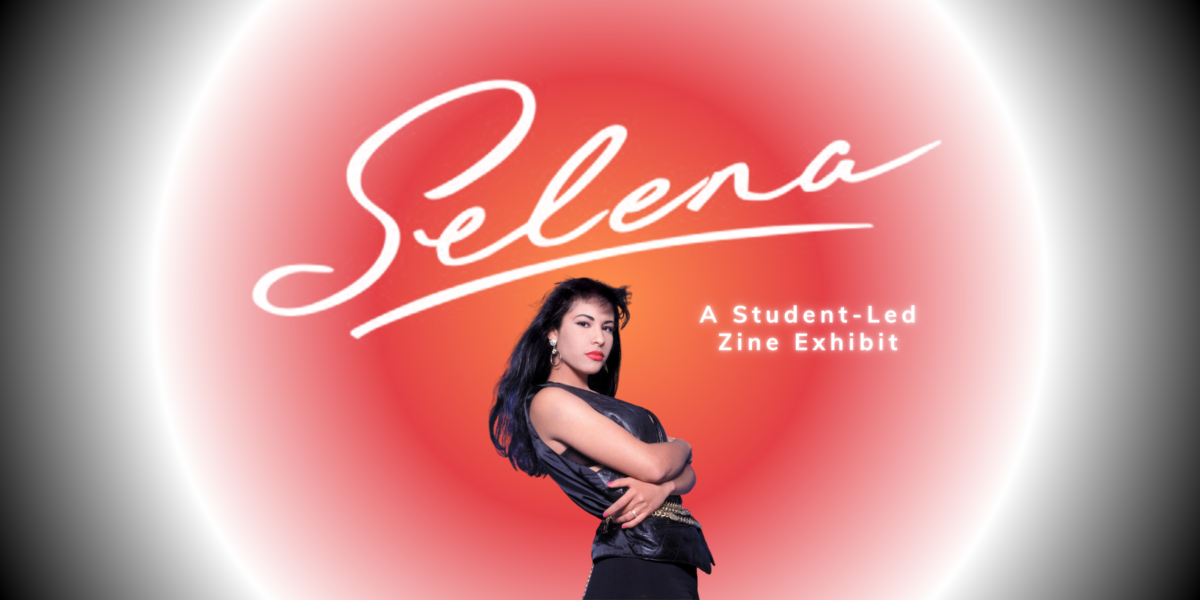
Selena, Queen of Tejano: A Student-Led Zine Exhibit
Thursday April 20th 3-4:30pmReed Zine LibraryFood & Music Come explore in this student-led zine exhibit, how the Cumbia and Tejana musician Selena influenced Tejano music and the broader Chicano culture. In this exhibit, you will find zines, books, magazines, and records all pertaining to Latin identities and struggles by Latin creators! The overall mission of…
-

Poetland: The Work and Art of the Beat Poets
Tracing their roots to New York City and San Francisco a group of poets, known as the Beat Generation, were actively causing a ruckus during the mid to late 1950s. They were often thought to be a precursor to the 1960s counterculture movement and were interested in experimental drugs, the natural world, Zen Buddhism, and…
-
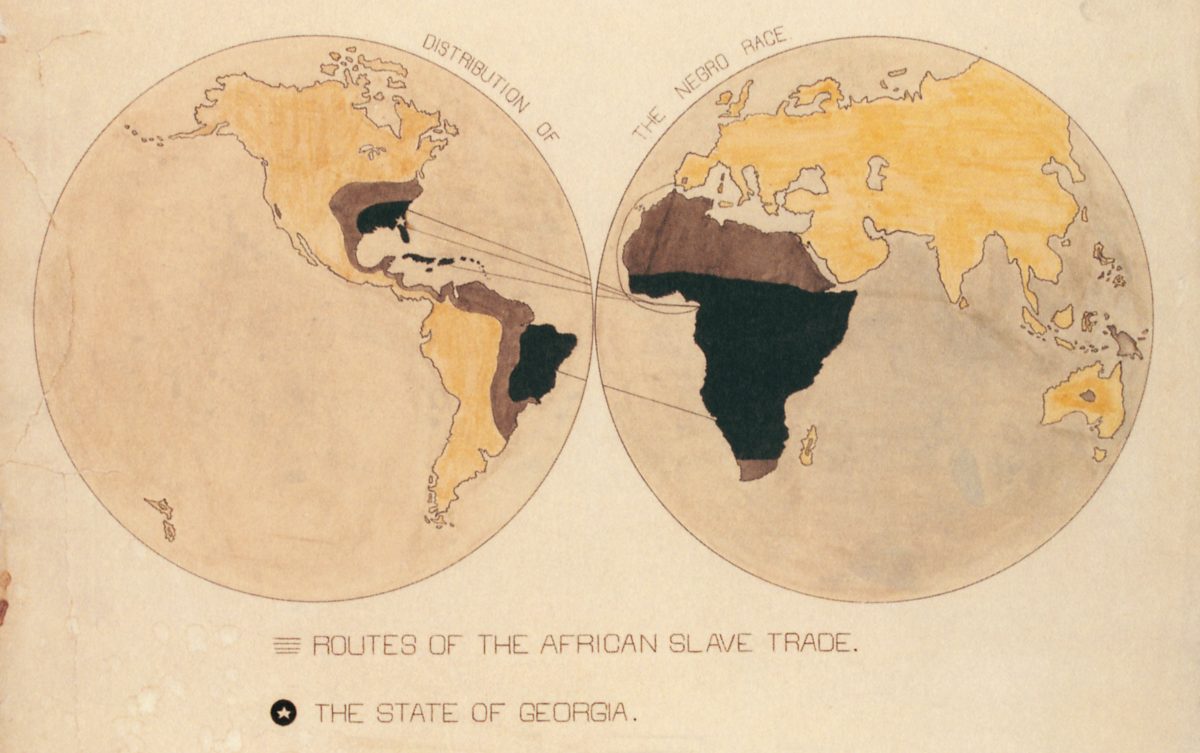
Book exhibit: Counternarratives: Critical Race Theory in Context
Counternarratives: Critical Race Theory in Context is a new book display that seeks to expand, contextualize, and nuance the conversations about theories of race and racialization in academia and contemporary debate. Unlike what liberal and conservative media would like you to believe, Critical Race Theory is NOT a catch-all term for anything written by or…
-
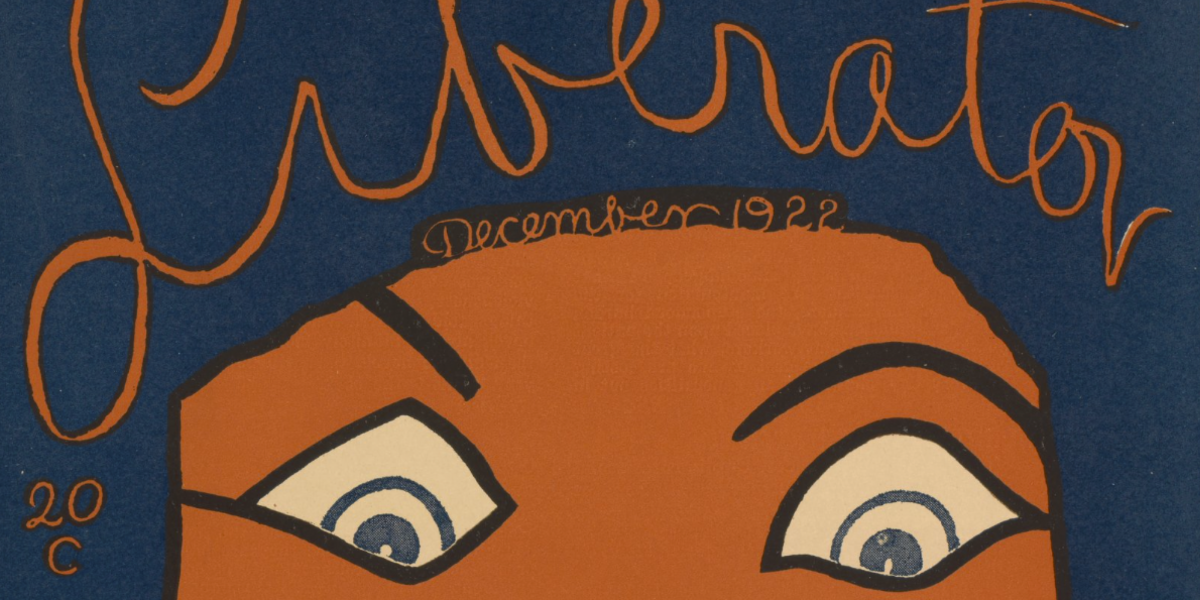
Exhibit: Race, Politics, and Women’s Rights: Visions of a New United States
Many have already heard of The Liberator, the 19th-century abolitionist newspaper created by William Lloyd Garrison. However, a new magazine under the same name emerged in the twentieth century. First published in the spring of 1918, the twentieth century Liberator continued the fight for equality: it focused on worker’s rights, women’s rights, and promoted socialism…
-

Continued Resistance: A Legacy of Activism in the Asian American and Pacific Islander Diaspora
New exhibit now open in the library: Continued Resistance: A Legacy of Activism in the Asian American and Pacific Islander Diaspora. The Covid-19 pandemic has seen an influx of recent racist attacks targeting Asian Americans stigmatized by misinformation and xenophobia. 2021 was marked by slogans like “We are not the virus,” #StopAAPIHate, and racially motivated…
-
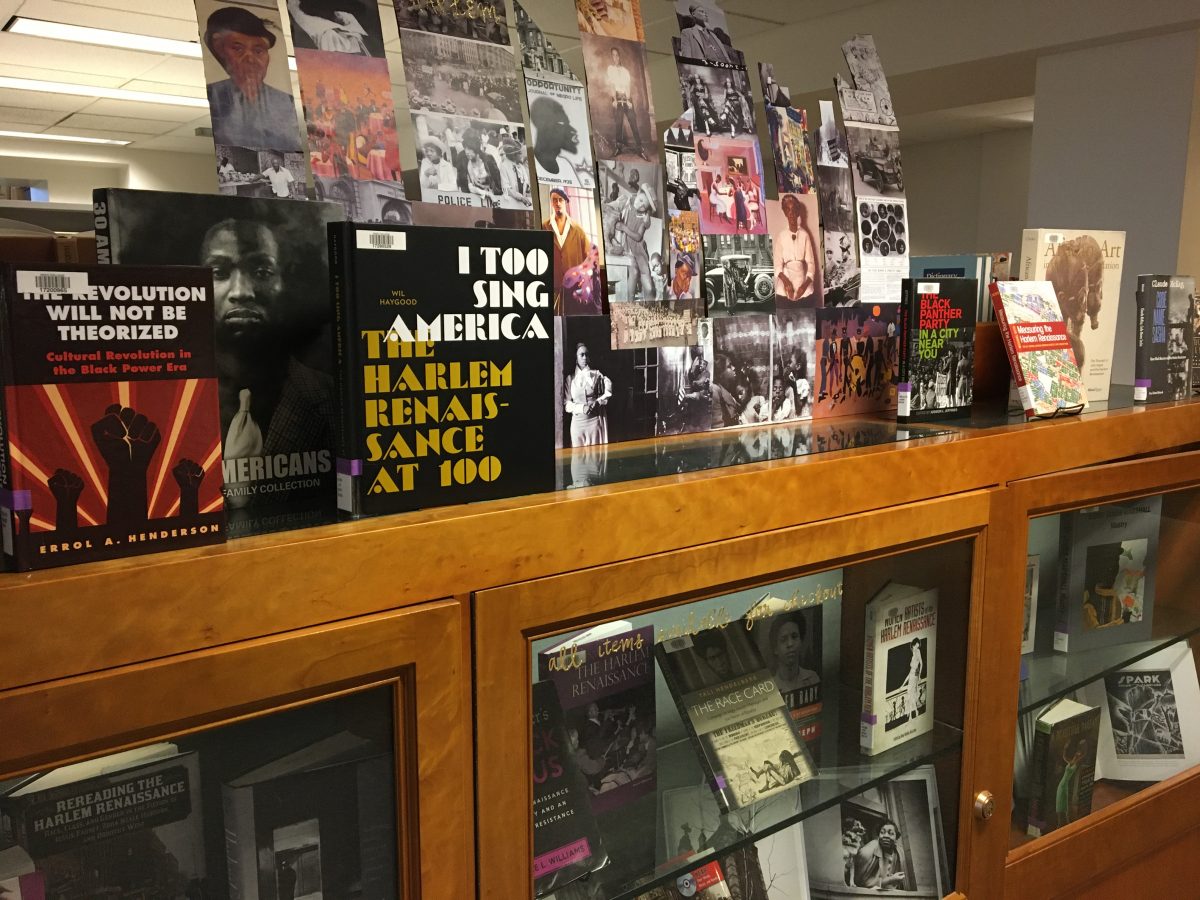
Echoes of Harlem
There’s a time travel portal next to the reference desk. 1920s and 1930s Harlem NYC was a time when African American arts and culture flourished. Jazz music from Billie Holiday and Louis Armstrong could be heard floating from Harlem nightclubs. Painters such as Jacob Lawrence and Archibald Motley chronicled the daily lives of African Americans.…
-
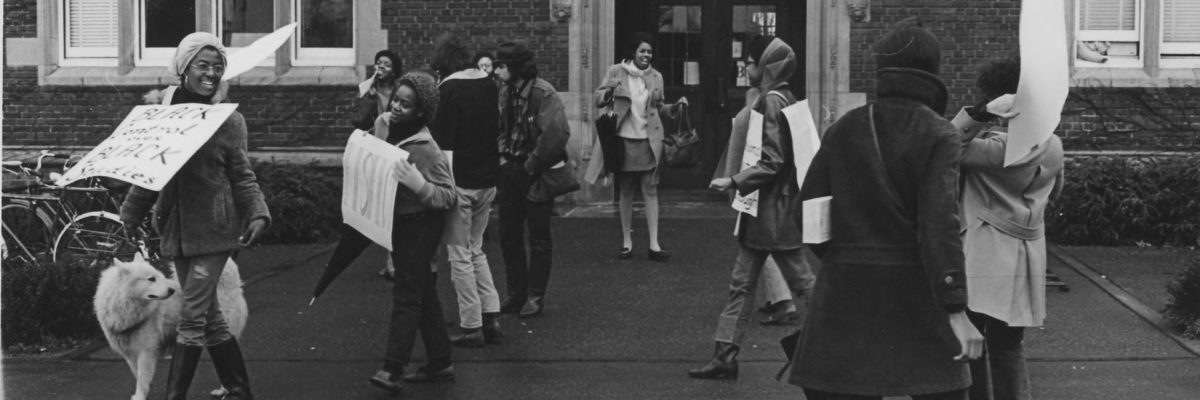
Hidden Histories of Race & Reed
New exhibit! “Hidden Histories of Race & Reed”, developed and curated by Ashley San Miguel and Maya Arigala, opened in the second floor Eliot Hall display cases Friday December 13th. This exhibit uses items from the Reed College Archives to chart the 1968 Black Student Union (BSU) protests to install a Black Studies Center at Reed,…
-
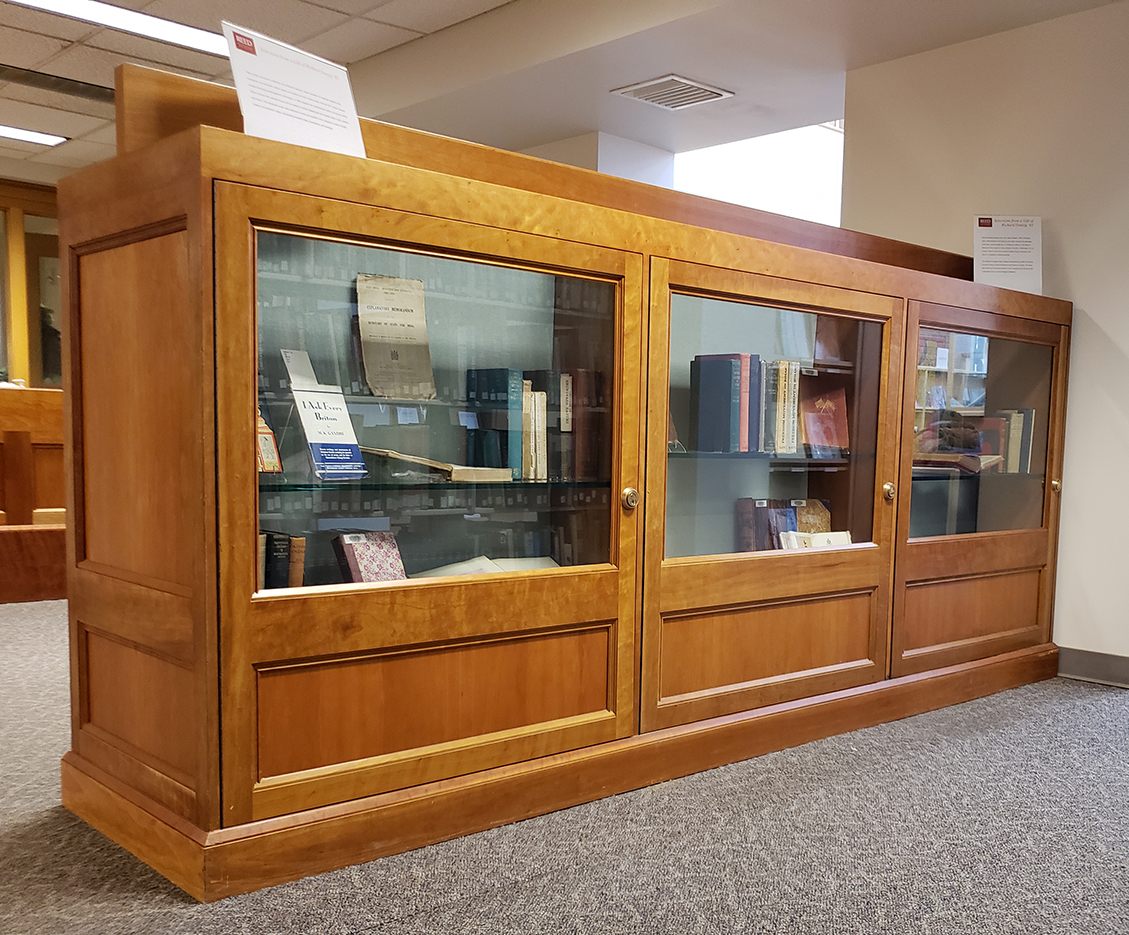
Selections from a Gift of Richard Danzig ’65
in ExhibitsA display of materials from a donation by Dr. Richard Danzig ’65 are now on view. These publications relate to nineteenth and twentieth century India and contain demographic information, offer insights into constitutional reform and recount the deeds of Indian intellectuals that shaped India’s past, present, and future. This display is located on the…
